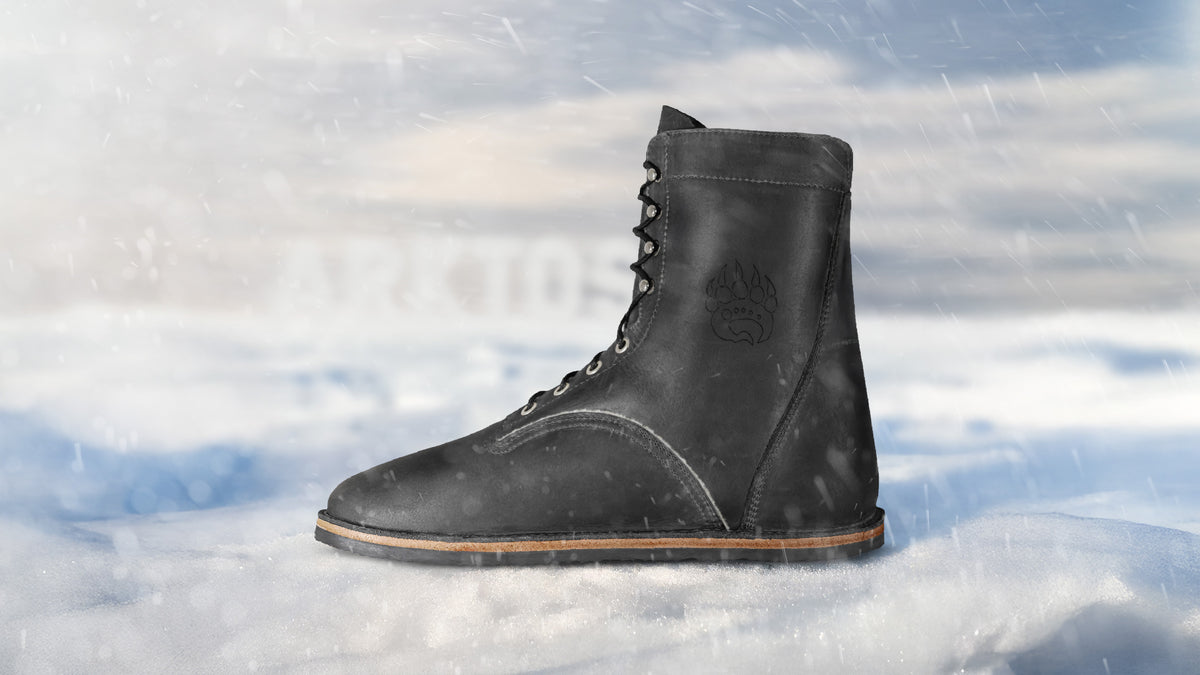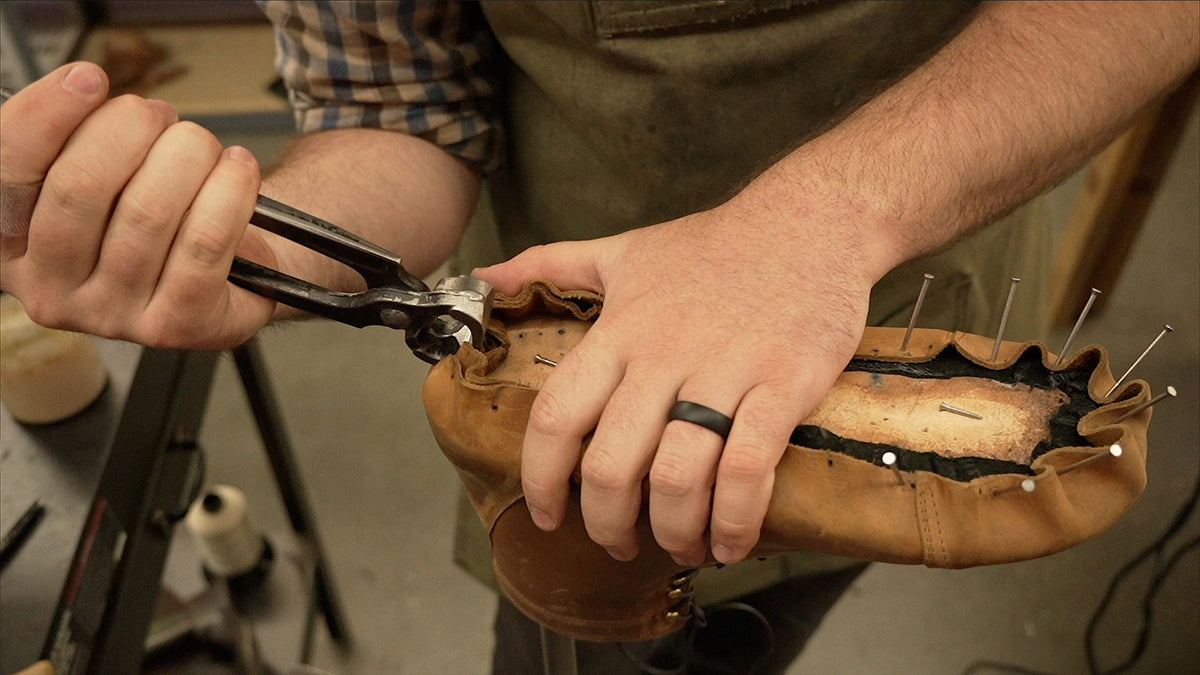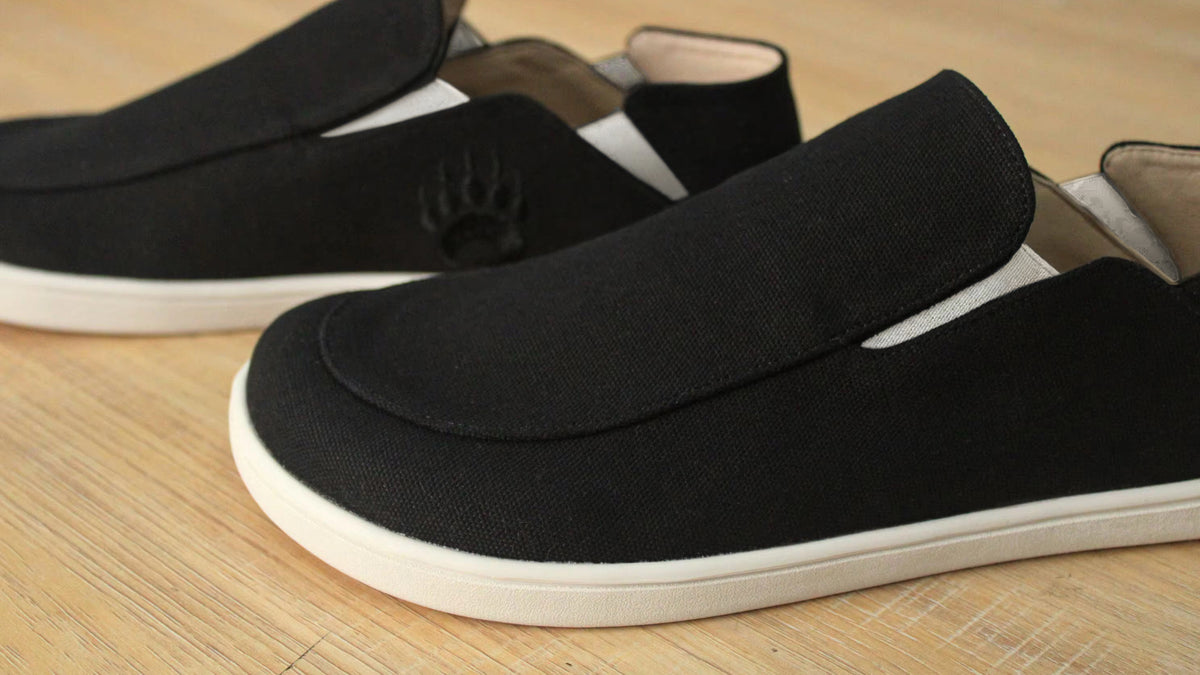How Your Shoes Can Shape You
Written by: Lily Hoog-Fry and John Baker
You might think, “How much are my shoes affecting the posture of the other joints in my body?” Well, to be honest, we don’t know. We are all at least slightly different, and as a result, we will all react differently to the same shoe. Despite this, certain patterns are easier to predict.
Imagine the body as a series of blocks stacked on each other. Some blocks are more stable than others because of previous injuries, how we move and hold ourselves, and our genes.
If we adjust one of these blocks (think adjusting joint position – i.e. foot and ankle position), the rest of the blocks will also have to adjust to avoid falling over. Now, we’re aware that your body isn’t made up of blocks, but your joints adjust like our hypothetical blocks do so that a change at one block reflects a compensatory change in the whole structure. In short, a change of one joint affects every other joint.
Shoes that can alter your ankle joint can alter all your other joints.
We will not be able to discuss all the ways that being habitually shod (wearing shoes) adjusts how the body reorients itself when you put on shoes, but we will cover the highlights. Read on to learn about why going barefoot may be the most efficient way to decrease pain in your ankles, your knees, your pelvis, your back AND your neck.
Heels Keel You Over
First, let’s draw a mental image and allow our imagination to explore the differences between being barefoot and shod (even your “non-heeled” shoes likely have a heel unless they specifically state “zero drop”). Imagine a bare foot and how the leg shoots up from the ankle at roughly a 90-degree angle from the foot.
Now, I want you to ignore the fact that our legs and bodies are formed by a series of joints that have alternating degrees of flexion and extension and instead imagine the body as a static pole connected to the foot on the ground so that we can visualize the real displacement generated by our heels.
If we were to elevate the heel of the foot that is attached to our pole by 2 inches to keep the natural angle between the ankle and foot, the pole would lean forward, bringing the pole 20 degrees closer to the ground (Rossi, 1999)!
Ok, now that we have that mental image cemented into our brains, let’s swap back out the pole and replace it with legs and an upper body.
When we elevate the heels, our body doesn’t lean 20 degrees forward to preserve our natural ankle angle. It slightly changes the joints' angles so we can stand up straight.
This results in our knees straightening out, our hips tilting forward, our low back increasing its curvature, and our head is more muscularly activated at all times.
What Happens at your Ankle
When we walk barefoot, we allow our ankle joint and foot soft tissues to mitigate the load. A heel lift diminishes ankle motion and, over the years, leads to shortening of the Achilles tendon and calf muscles (our structures change shape to the most chronic loads placed on them! Aka: Creep) (Rabusin et al, 2019) (Rossi, 1999).
When these soft tissue structures become locked in a shorter position, we can’t dorsiflex the ankle as deep anymore (decreased ankle mobility). This means the foot can’t land as evenly on the ground (altered arch mechanics or orientation), which decreases the surface area for the load to be dispersed over (altering the biomechanics that nature designed).
It’s a lot like how it's possible to walk on a bed of nails, but not a single nail, this narrowing of the area of force leads to increased pressures at focal points (which leads to microtrauma, which leads to macro problems down the line) (Rabusin et al, 2019).
Shortening of the calf muscles does more than just decrease our mobility and our ability to disperse the force from the ground through our feet and ankles. Chronically shortened calf muscles decrease our ability to propel ourselves when moving and decrease power output (Rabusin et al, 2019) (Rossi, 1999) (Franklin et al, 2015).
These anatomical alterations also increase instability in the side-to-side (pronation/ supination) motion of the foot, leading you to feel more unstable and more vulnerable to external forces and ankle sprains (Wan, 2018) (Foster et al, 2012).
Okay, just one more - heels make it harder even to stand and balance (Hapsari & Yong, 2016). Heels make existing more challenging!
Our soft tissues are like gummy bears, when you push on them, they disperse the load by squishing wider. When compressed inside too narrow of shoes (which are designed to make our feet look smaller), this natural squishing can’t happen, and the force exerted on non-muscular structures (like our ankles, knees, and back) significantly increases (Franklin et al, 2015).
What Happens at your Knees
Heels on your shoes (only .6 inches – in this study) create more extension at your knee (again with the need to rearrange the blocks so you can stand), significantly increasing the load on the patellofemoral joint (between the kneecap and femur) (Zhang et al, 2022) – patellofemoral pain syndrome is one of the most commonly diagnosed knee pain disorders in people under 60 years of age (Gaitonde, 2019).
Walking barefoot also decreases the force through the medial compartment of the knee (tibiofemoral joint). This is the most common spot for knee osteoarthritis caused by repetitive micro-traumas (like landing with a little more force on every step) leading to joint degeneration (Franklin et al, 2015).
It turns out kicking those shoes off could be the key to getting to move pain-free for a lot longer.
What Happens at your Pelvis
The heels in our shoes tilt our body forward, so our calf muscles shorten, our knees hyperextend, and (maybe most importantly) our pelvis rocks into anterior tilt to compensate. Pelvic tilt can be a little confusing, so bear with us here.
Put your hands on your hips and imagine your pelvis is a bowl. Pour the bowl onto the floor in front of you by pushing the hip points forward and the pubic bone back. Feel how that shortens your low back. Your shoes are likely doing that to you all day (Rossi, 1999).
As we said before, everybody will respond uniquely when a group of people is given the same stimulus. In a study with 153 people, the pelvis changed its orientation with the addition of heels.
The spinal angle (the way the spine curves to stay balanced) did change slightly for all participants. However, researchers concluded that this wasn’t a statistically significant change (which means it wasn’t big enough to correlate it with heel changes definitively).
This needs to be clarified because the relationship between the pelvis and spine orientation is well established (Levine & Whittle, 1996).
One explanation noted by the authors is that this study was just on short-term changes. And as we know, the body is good at compensating for short periods. So it is reasonable that although the body could keep the spinal shape fairly similar for a short period, with long-term use of heels, spinal changes are inevitable (Betsch et al, 2011).
The issue with spinal angle changes is that they can increase loading on the gummy bears between your vertebrae, called discs, and the facets that allow your spinal segments to glide on each other, both of which can lead to serious low back pain (Legaye et al, 1998) (Betsch et al, 2011).
Even Changes at Your Neck!
The spine and pelvis are connected via strong fibrous tissue; thus, pelvis changes are closely associated with spinal changes (Betsch et al, 2011) (Levine & Whittle, 1996).
But these effects are not just on your low back! Women with and without chronic neck pain showed increased muscular tension in their low back AND neck muscles (cervical paraspinals) when walking with heels (Park et al, 2016) (Mika et al 2011).
This increased muscle constriction is linked with chronic overload leading to strains, decreased oxygen transport, fatigue, headaches, and cervical spine dysfunction (Mika et al 2011).
So, now you decide. Do you want to make all your parts, from your feet to your neck, conform to your shoes, or do you want shoes that allow all of you to move well?
Undoubtedly, our ankles, knees, and spine appreciate our zero-drop, wide-toe boxed shoes, and yours will too.



